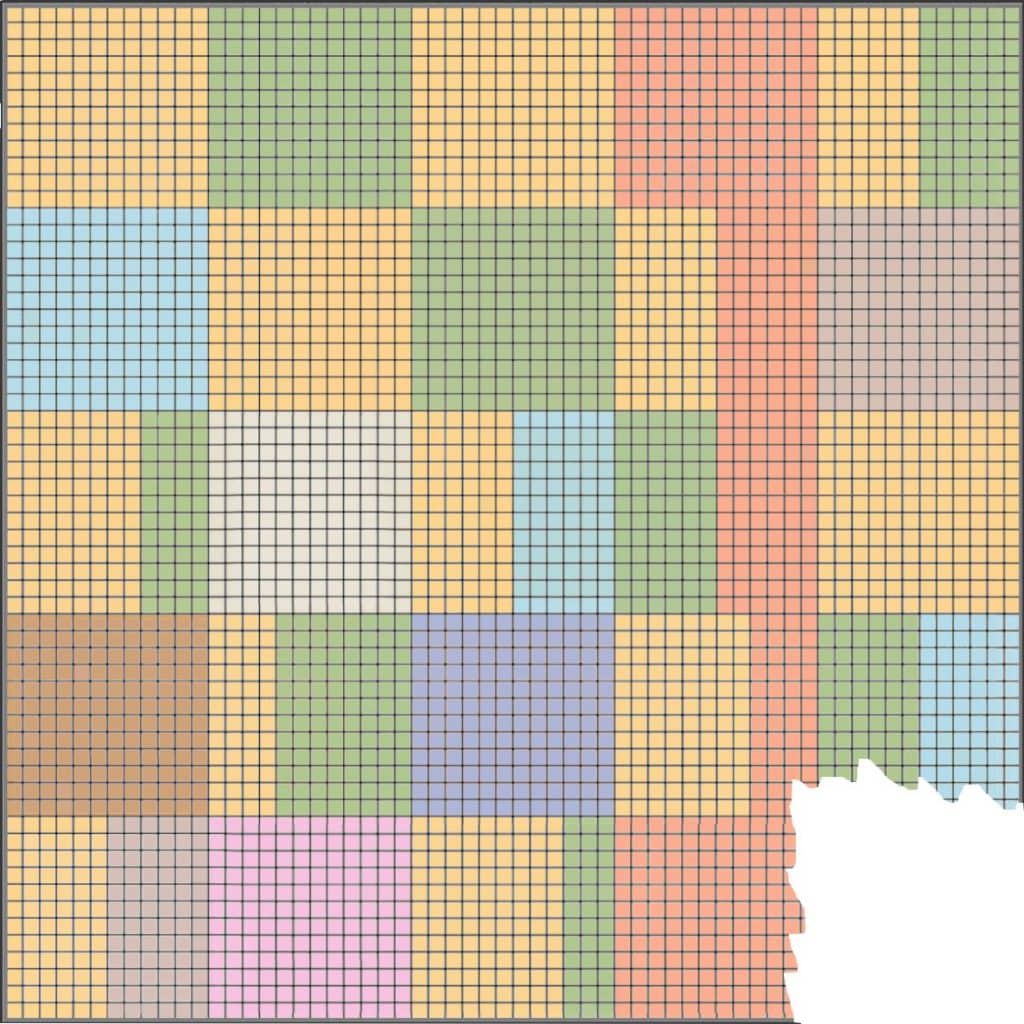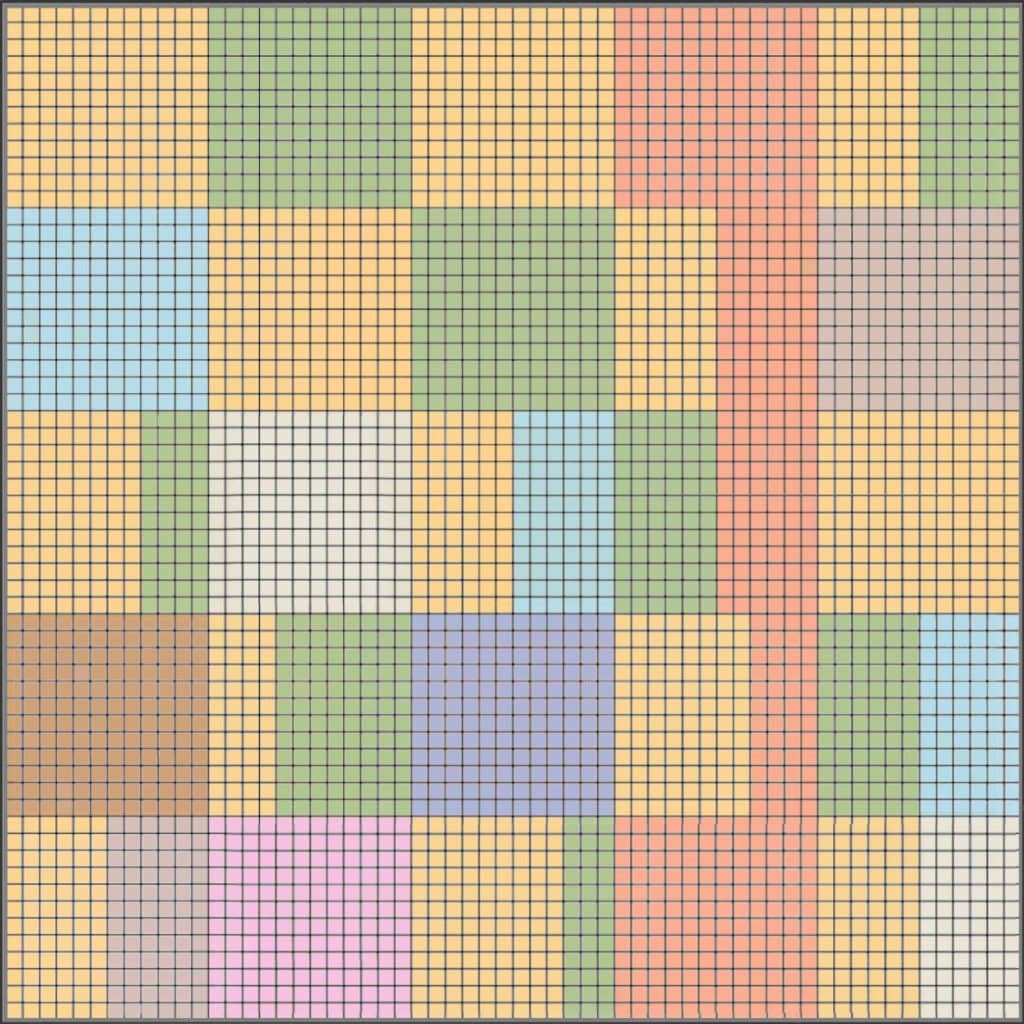Soccer Ball
Almost everyone knows what a soccer ball looks like – there are several black regular pentagons on it and around each of them – five white regular hexagons. Around each hexagon there are three pentagons and three more hexagons. However, can you figure out how many pentagons and hexagons are there in total on the surface of the ball?

Let the number of pentagons is equal to P and the number of hexagons is equal to H. Then the number of edges is equal to (5P + 6H)/2 – that’s because every pentagon has five edges, every hexagon has 6 edges and every edge belongs to 2 sides. Also, the number of vertices is equal to (5P + 6H)/3 – that’s because every pentagon has five vertices, every hexagon has 6 vertices and every vertex belongs to 3 sides. Now using Euler’s Theorem we get P + H + (5P + 6H)/3 – (5P + 6H)/2 = 2, or equivalently P/6=2 and therefore P = 12. Since around every pentagon there are exactly 5 hexagons and around every hexagon there are exactly 3 pentagons, we get H = 5P/3 = 20. Therefore, there are 12 pentagons and 20 hexagons on a soccer ball.




